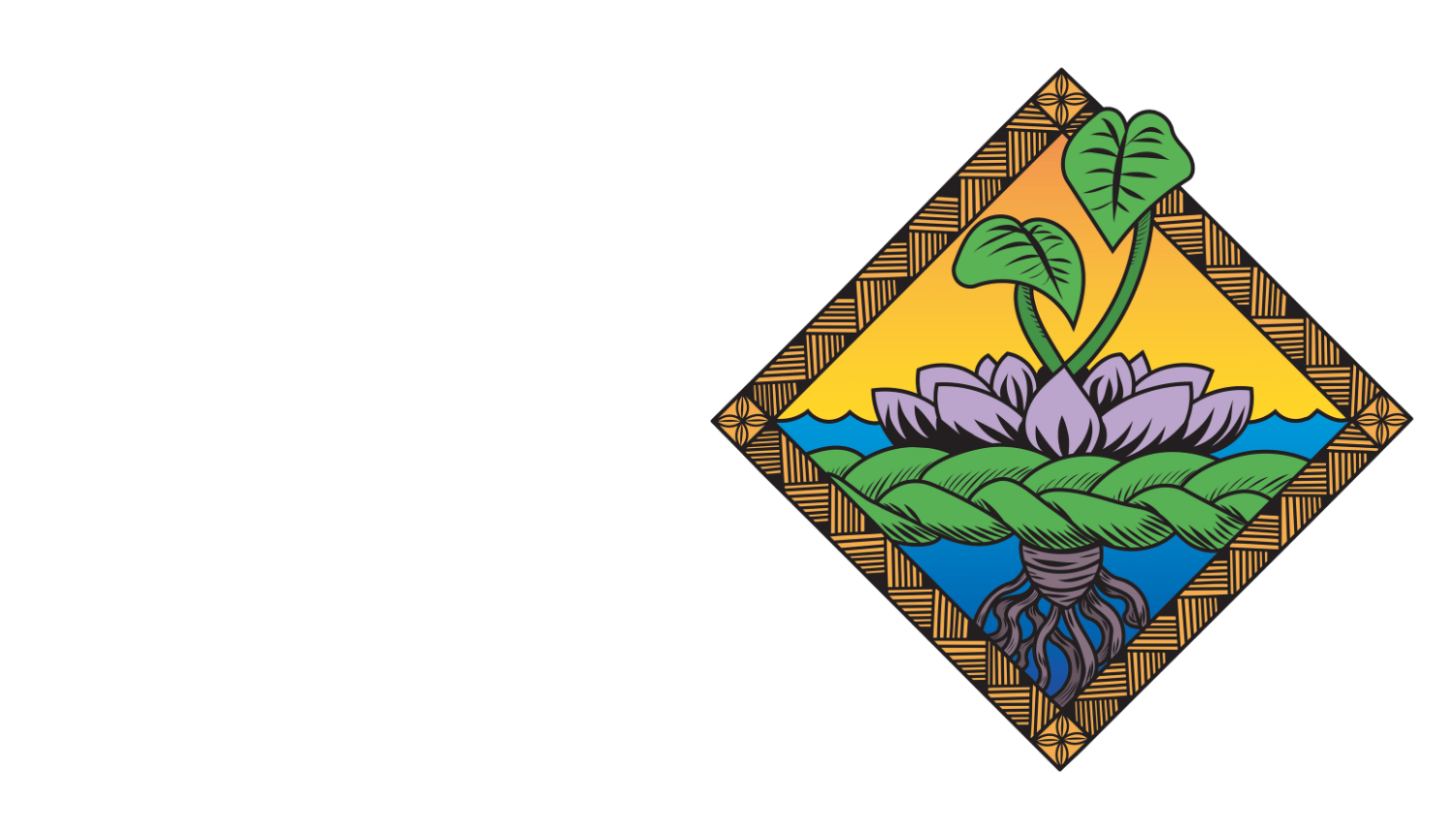Asian American, Native Hawaiian, and Pacific Islander populations are extremely diverse, and are comprised of more than 50 disparate cultural and ethnic groups. Aggregating and lumping these groups together makes it harder to identify specific disparities in different populations. It is important to acknowledge the diversity within the Asian American community, which includes various sub-ethnic groups that have historically lacked adequate representation, services, and resources. Furthermore, sometimes, organizations and initiatives that are labeled Asian American, Native Hawaiian, and Pacific Islander (AANHPI) do not fully center or include Native Hawaiians or Pacific Islander focus. Native Hawaiians and Pacific Islanders are tokenized within the work of AANHPI initiatives, and we recognize the need to decolonize behavioral health work.
In addition, other considerations must be made to help address behavioral health, including suicide among these populations:
- Primary language used;
- Immigrant generational status;
- Regional differences (living in or near ethnic enclaves vs. living outside of coasts and in tokenized contexts);
- Pacific Islands Affiliated with the U.S. are many time zones away from U.S. Continent, and are often rendered invisible.
Asian Americans, in particular, are subject to the Model Minority Myth, making our behavioral health issues invisible outside of the community and inside communities. There is also cultural stigma to seek behavioral health services as well as lack of professionals trained in culturally relevant practices. In a recent study, Breaking the Silence: An Epidemiological Report on Asian American and Pacific Islander Youth Mental Health and Suicide (1999–2021) key findings include:
- Suicide rates among AAPI youth (ages 5–24) doubled from 1999 to 2021, with the highest number of suicides observed in 2021.
- AAPI males had three times more suicide deaths than females.
- More high school AAPI females reported symptoms of sadness, hopelessness, and poor mental health during the pandemic than males.
- The study also highlighted the underreporting of symptoms, especially among young AAPI males.
- Suffocation is the most common method of suicide among AAPI youth, but suicide by firearms has been increasing since 2018.
Native Hawaiians and Pacific Islanders have specific behavioral health disparities. Many contributions to these disparities include:
- Lack professionals with culturally relevant and language relevant resources and holistic approaches to health.
- Distrust of institutions based in historical colonization that continues today as well as stereotyping.
Some staggering statistics (albeit we recognize these stats are aggregated) for suicide among Native Hawaiians and Pacific Islanders include:
- In 2019, suicide was the leading cause of death for Native Hawaiians and Pacific Islanders ages 15-24.
- In 2019, Native Hawaiians and Pacific Islanders were three times less likely to receive mental health services or to receive prescription medications for mental health treatment as compared to non-Hispanic whites.
- Source
Research shows that the most effective approaches to improving behavioral health-seeking behavior, access, and service efficacy involve providing culturally relevant, language-specific, and tailored outreach, community development, resources and training to practitioners, community-based organizations, and families.
Resources for Prevention, Intervention, and Postvention of Suicide Among AANHPI Communities
In honor of Suicide Awareness and Prevention Month in September, team members from the AANHPI ‘Ohana Center of Excellence have compiled a collection of resources, downloads, and articles to better understand and prevent suicide among Asian American, Native Hawaiian, and Pacific Islander communities.
Contributors to this resource guide include: Lilinoe Kauahikaua, Falahola Kanongataa, Meekyung Han, Kyoung Mi Choi, Kathleen Wong(Lau), and John Oliver.
As a resource center, the AANHPI ‘Ohana Center of Excellence provides access to resources and information on this website. Inclusion in an AANHPI CoE resource database does not imply endorsement of, or agreement with, the contents by AANHPI CoE. In addition, we recognize that this resource collection may not be exhaustive, and users are advised not to rely solely on it. The AANHPI ‘Ohana Center of Excellence does not claim to be the authority on any resources we provide, and we highly recommend consulting with elders, community leaders, or helping professionals who are knowledgeable about AANHPI cultures and experiences to ensure alignment with specific ethnic or cultural needs when seeking resources.
DOWNLOAD A PDF OF THE RESOURCE GUIDE HERE
Scroll To Top










